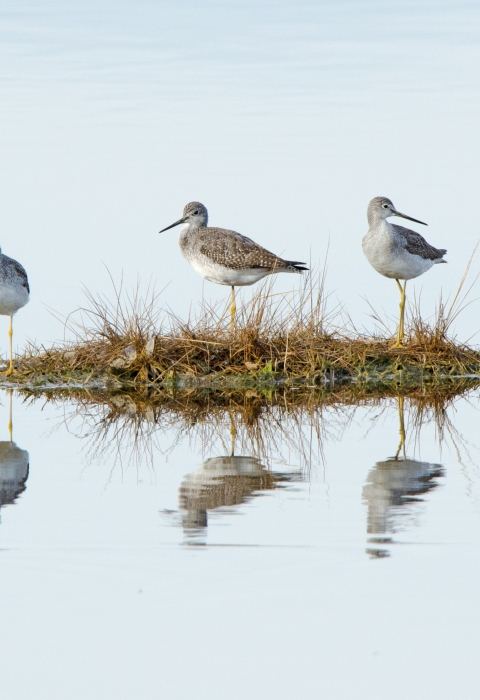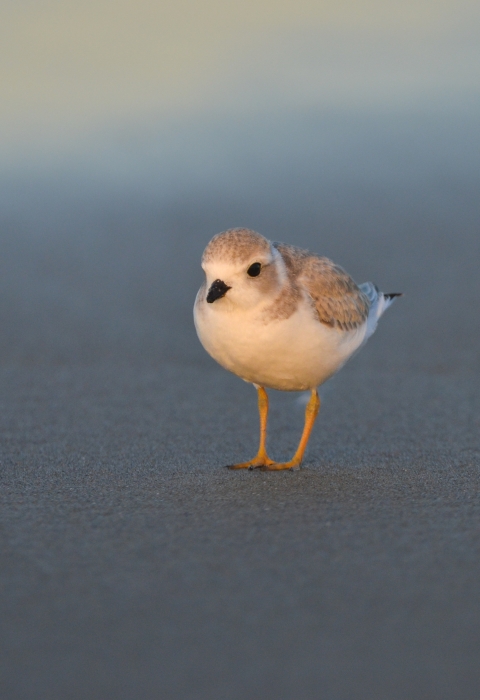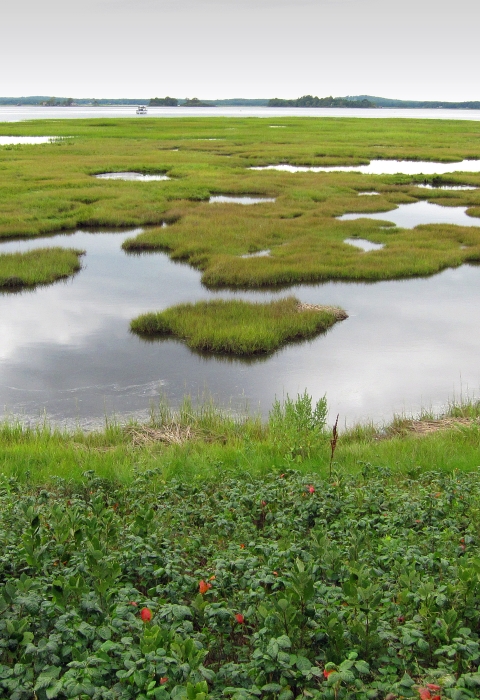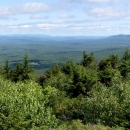About Us
The refuge was established in 1941, and today consists of more than 4,700 acres of diverse upland and wetland habitats including sandy beach and dune, maritime shrubs and forests, cranberry bogs, man-made impoundments, salt marsh salt marsh
Salt marshes are found in tidal areas near the coast, where freshwater mixes with saltwater.
Learn more about salt marsh and associated creek, river, and mud flat. These refuge habitats support varied and abundant populations of resident and migratory wildlife including more than 300 species of birds and additional species of mammals, reptiles, amphibians, insects, and plants. The refuge also provides critical habitat for the federally threatened piping plover.





